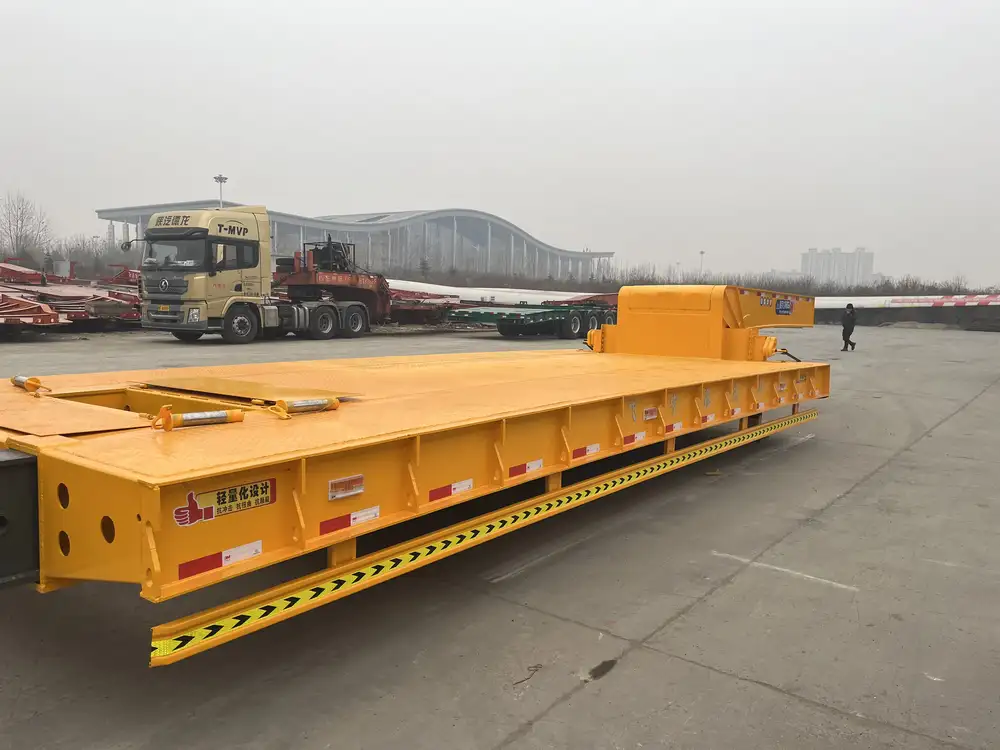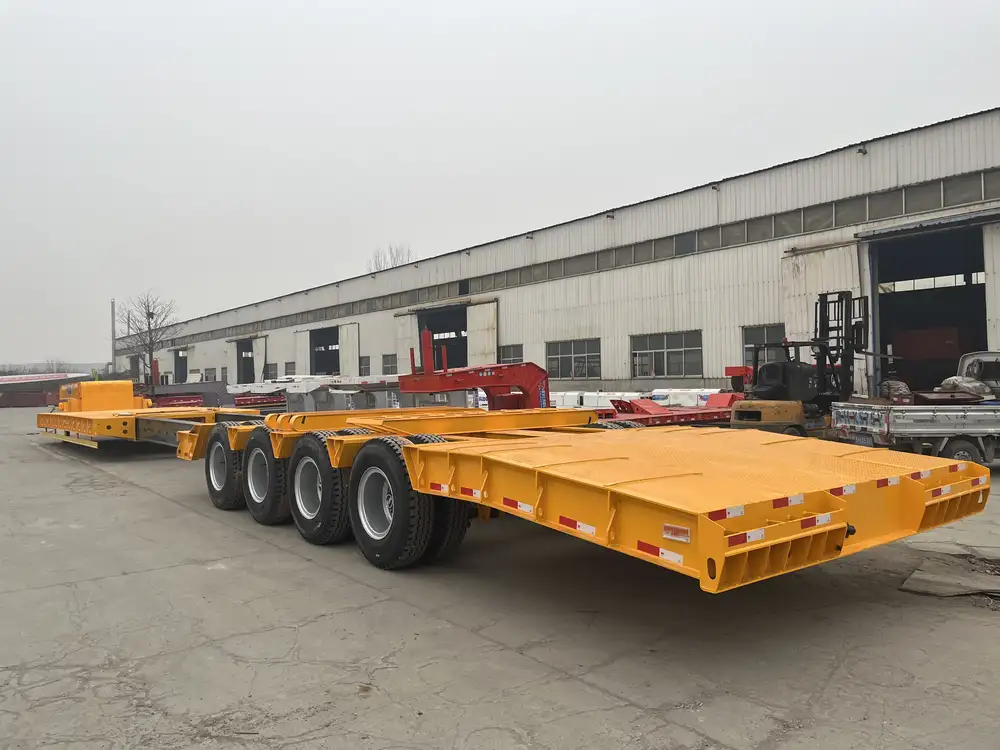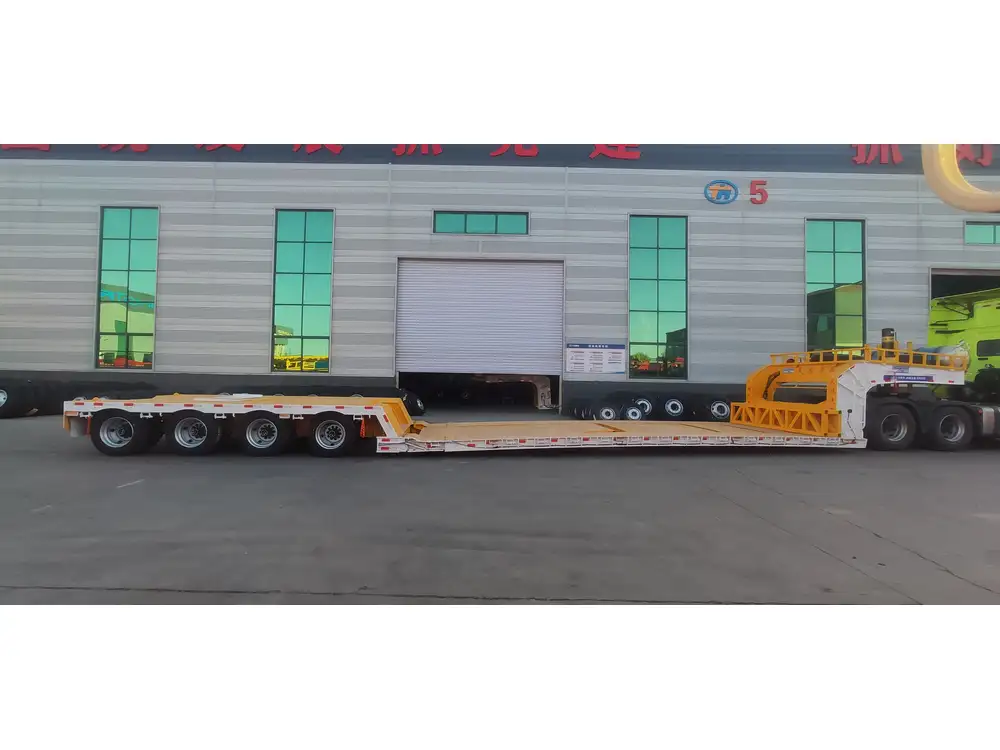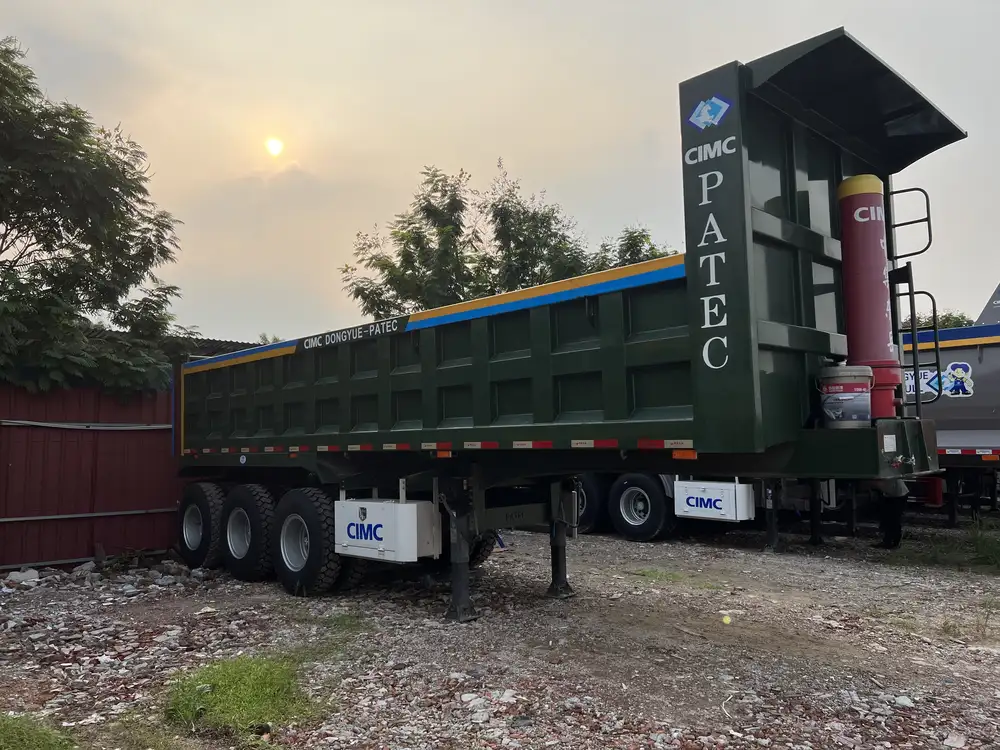In the vast landscape of the trucking and logistics industry, terminology plays a crucial role in ensuring clear communication. One question that frequently arises pertains to the terminology used to describe components of transport vehicles. Specifically, the term “semi” often comes up in discussions, leading many to inquire: What is a semi without a trailer called? This article delves into the nuances of this question, providing comprehensive insights and addressing peripheral topics that enhance understanding.
Definition: The Semi-Truck Breakdown
What Constitutes a Semi?
In the context of freight transport, the term “semi” is short for semi-trailer truck, which refers to a combination of a truck and a trailer. The critical point to note is that a semi-trailer truck consists of two primary components:
- The Tractor: Also known as the “cab,” this is the front part of the vehicle that houses the engine, driver’s seat, and controls. It is designed to pull the trailer and contains its own axles and wheels.
- The Trailer: This is the rear part that carries the cargo. It’s defined as a “semi” because it does not have a front axle; instead, its weight is supported by the tractor.

The Anatomy of a Semi-Truck
| Component | Description |
|---|---|
| Tractor | The front unit that provides locomotion and control. |
| Trailer | The load-bearing rear unit that carries freight. |
| Fifth Wheel | The coupling mechanism that connects the tractor and trailer. |
| Axles | These support the weight of the truck and trailer, allowing for movement. |
What Is a Semi Without a Trailer Called?
When discussing the semi without its accompanying trailer, the terminology can become a bit perplexing. A semi-truck in isolation is generally referred to simply as a “tractor.” This term distills the essence of what the vehicle does—truly a power unit meant for hauling and transporting various loads.
- Tractors are vehicles specifically designed to tow or pull trailers. They serve as the powerhouse of any freight movement, capable of navigating a vast array of terrains and conditions thanks to their robust designs and powerful engines.
Characteristics of Tractors
- Engine Power: A semi-truck’s tractor typically boasts a high horsepower engine, allowing it to carry heavy loads.
- Maneuverability: Equipped with a turning radius that allows for tight corners, making it suitable for urban and rural driving.
- Cab Design: The layout of the driver’s cab in a semi is typically spacious, accommodating long hours of driving.

Differences Between Tractors and Trailers
Understanding the distinctions between tractors and trailers can help clarify what happens when a semi is sans trailer.
| Feature | Tractor | Trailer |
|---|---|---|
| Function | Pulls freight, provides power | Carries cargo |
| Structure | Engine, cab, and axles | Load area, wheels (mostly rear) |
| Independence | Operable alone as a truck | Not operable without a tractor |
Significance of Understanding Terminology
Having a strong grip on terminology not only fosters effective communication among industry professionals but also supports better operations in logistics. Understanding the role of a tractor in road transport is key for fleet managers, drivers, and maintenance personnel.
Users’ Search Intent: Beyond the Basic Definition
When users search for what is a semi without a trailer called, they may not only seek a definition but also a deeper understanding. This inquiry can stem from various motives, including:
- Educational Purposes: New drivers or individuals entering the logistics field looking to familiarize themselves with industry terminology.
- Operational Reasons: Fleet managers may wish to clarify roles within their transport operations.
- Regulatory Compliance: Understanding specialized terms may assist in navigating transportation regulations more effectively.

Common Misconceptions
Guarding against misconceptions is essential in any industry, and transportation terminology is no exception.
Are Trailers Necessary for Operation?
While semi-trucks are powerful vehicles intended for hauling cargo, they can operate without a trailer. In some scenarios, a standalone tractor may be useful, such as:
- Moving Equipment: Manufacturers or technicians may require a tractor to relocate equipment across short distances.
- Repurposing: Some tractors may be equipped for different uses, such as adding specialized attachments for construction.
Can a Semi-Truck Function As a Truck Without a Trailer?
Some may wonder if a semi-truck can function like a conventional truck without its trailer. While its primary design is tailored for towing, the tractor can serve certain regional logistics roles without a trailer, particularly in local deliveries or machinery transportation.

The Broader Context of Semi-Trucks in Industries
Tractors, as essential components of semi-truck configurations, are pivotal within various industries. Their usage spans across different sectors including:
- Logistics: Essential for transporting goods from manufacturers to retailers.
- Construction: Frequently utilized to haul heavy machinery and raw materials.
- Agriculture: Operated for transporting crops and supplies.
Each of these sectors capitalizes on the unique benefits offered by tractors, reinforcing their importance in modern commerce.
Related Terminology That Enhances Understanding
For those delving into this subject, a few additional terms complement the understanding of trucking and transportation:
1. Full Truckload (FTL)
Refers to the concept of transporting a full load of goods using a single vehicle, usually a tractor with a trailer. This is in contrast to less-than-truckload (LTL) shipments.

2. Fifth Wheel Coupling
This crucial component links the tractor to the trailer and is fundamental in the operational mechanics of a semi-trailer truck.
3. Weight Restrictions
Various laws regulate how much weight a tractor and trailer duo can carry based on vehicle class and state regulations.
The Importance of Compliance in the Trucking Industry
Adhering to weight restrictions and understanding the distinctions between tractors and trailers is not just a matter of operational efficiency but also one of legal compliance. Noncompliance with weight restrictions can lead to:
- Fines: Hefty penalties for operating overweight vehicles.
- Safety Hazards: Increased risk of accidents or breakdowns due to overloading.
- Legal Liabilities: Complications in case of accidents involving overloaded trucks.
In this context, understanding the role of a tractor independently becomes a key factor for fleet management.

Conclusion: Recapping Key Insights
In summary, the term semi without a trailer translates simply to tractor. Understanding this distinction is paramount for those involved in the transportation industry, from drivers and mechanics to fleet managers and logistics supervisors. Recognizing the tractor’s role and capabilities opens avenues for better operational management, informed regulatory compliance, and enhanced overall efficiency in transport logistics.
By dissecting the core components of semis, their operational contexts, and common misconceptions, we illustrate the multifaceted nature of the trucking industry. Whether you’re a seasoned professional or a newcomer, acknowledging these critical aspects will foster a clearer perspective as you navigate the intricate world of transportation and logistics.



